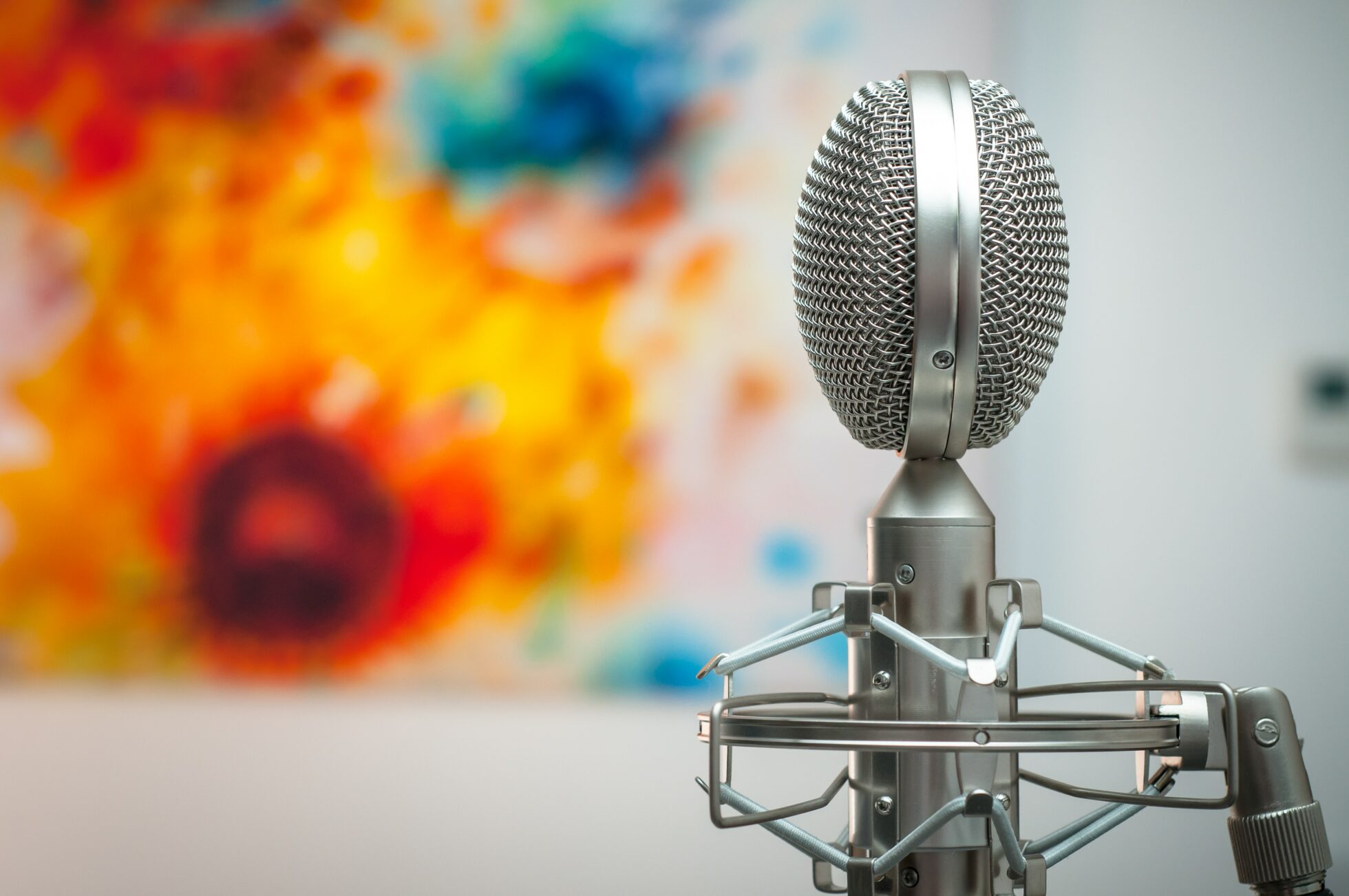The importance of conversation dynamics: tone and pitch in communication and successful sales techniques can make or break your conversion rates. These aren’t terms reserved for the opera house or a trendy podcast, but they’re front and center in the world of sales. Imagine going into a sales pitch talking like a robot or a Shakespearean actor when you’re trying to sell software solutions. Either way, you might leave your potential client more confused than a cat at a dog show.

So why does tone matter in sales? Well, it’s all about understanding your audience, adapting to the situation, and not sounding like you’ve just swallowed a thesaurus. Speaking in a way that resonates with your client can make the difference between closing the deal and closing the door.
It’s not exclusive to voice professionals or those blessed with the vocal cords of an angel. Nope, it’s about sounding human, approachable, and most importantly, not putting your listener to sleep.
What is tone?
Tone in sales refers to the way you express yourself verbally and is kind of an “unseen handshake”. It’s not about WHAT you say but HOW you say it. Want to sound professional? Use a formal tone. Going for friendly? Lighten it up! Tone helps you connect with your audience, conveying empathy, confidence, or enthusiasm. Getting it right can be the difference between a “Let’s talk” and a “Let’s walk.” It’s the voice’s wardrobe, dressed to impress, without the need for a tie!
A strong, confident tone can convey authority and assurance, while a friendly tone can create a welcoming atmosphere. Conversely, a distant or disinterested tone can turn away potential clients. The art of tone is in aligning it with your intention, making your words resonate with the audience.
Tonality does more than just color the conversation; it influences how your message is perceived. A warm tone can foster trust, while an aggressive tone might instill doubt. Your tone sets the stage for the psychological response from your listener, guiding them towards acceptance or pushing them towards rejection. Understanding the psychological impact of tone is key to crafting a communication style that resonates.
Utilizing the right tone can enhance your persuasiveness, allowing your message to hit the mark. Whether it’s reinforcing a point, creating a rapport, or handling objections, tone complements your sales skills, amplifying their effectiveness.
A robotic tone might be perfect for your home assistant but not when you’re trying to convince someone to invest in your products or services. In fact, sounding like you have no emotion could even come across as borderline sketchy. Tuning into your client’s needs and expectations, and adjusting your tone accordingly, paves the way for a meaningful connection.

There are other things to consider as well as tone, although they all come under the same vibe.
Pitch, pace, volume, and the strategic use of pauses are all essential elements that complement tone in sales communication. Together, they form a cohesive strategy that aligns with your brand’s voice, fosters connection with your clients, and conveys your message effectively.
Pitch helps emphasize key points, pace regulates the flow of conversation, and volume ensures that you are clearly heard. Each component, working in harmony with tone, contributes to a well-rounded and impactful communication strategy, allowing you to engage your audience without unnecessary embellishments or sounding false.
Visual Tone: When Body Language Speaks Volumes

Back when most business was conducted via phone, salespeople would use some rather interesting techniques to influence their tone. Standing up to sound confident, pushing their foot into the ground to slow their pace, and even gesticulating wildly in an empty room to convey excitement. A world without video calls had its own madcap ways of influencing vocal tone.
But welcome to the era of video calls, where every gesture and posture is under scrutiny. You can’t exactly do your interpretive dance to convey trust, but even simple adjustments to your posture can make a remarkable difference in how you come across. Even something as simple as sitting up straight can add a dash of authority to your tone. Slouching might feel comfortable, but it doesn’t exactly scream professionalism. Think of your body language as a “visual tone.” It’s an extension of your vocal tone, portraying your intentions and emotions without saying a word.
Your body language can shape your tone, either supporting or sabotaging your message. A smile can warm up your voice, while crossed arms might make you sound defensive. It’s a silent conversation happening right alongside your spoken words, and your clients are definitely tuning in. In the world of video calls, every nod and eyebrow raise becomes part of your sales arsenal. Use them wisely, and you can create a rich, multi-dimensional conversation that resonates with your clients.

But beware of the disconnect between your voice and visual cues. If your tone is saying “I’m excited!” but your face resembles a bored teenager, something’s off. That incongruence can sow doubt and confusion in your audience. Aligning your vocal tone with your body language creates a cohesive and authentic experience.
While we may have left some of the more peculiar practices in the past (though if you still want to stand on one foot to convey passion, you do you, boo), the art of connecting through tone and body language is more relevant than ever. In this digital age, the way you sit, stand, smile, or frown can influence not only how you sound but how you’re perceived. It’s a dance of communication that goes beyond words, one that demands awareness, control, and a dash of flair.
Finding Your Sales "Voice"
Selling is more than just delivering a pitch; it’s about making a connection. Finding your sales voice means tapping into the nitty-gritty of vocal expression, without the need to think of it as a grand performance.
Creating personas that resonate with different clients is no small feat. You don’t have to be a voice actor to pull this off, but you do need to be adaptable. It’s all about understanding what your client needs from you: confidence, empathy, or enthusiasm, and then tailoring your tone to meet those needs.

Practicing your voice is vital, and call recordings are your secret weapon. These provide an invaluable chance to listen to yourself and analyze what works and what doesn’t. You’ll discover how your pitch, pace, and tone can be adjusted to make your message hit home.
Voice acting for sales doesn’t mean putting on a show; it means connecting on a human level. Here’s how you can make your voice resonate:
Warm Up: Some light vocal exercises can get you in the zone.
Pace Yourself: Don’t rush; guide your listener through the conversation.
Mind Your Pitch: Use variations in pitch to add color to what you’re saying.
Embrace Pauses: Sometimes silence speaks volumes.
Use Emotion: A genuine feeling in your voice can make your words come alive.
Keep Practicing: Analyze your calls, learn, refine, and grow.
Your sales voice is an extension of your professional identity. It’s not just about sounding nice; it’s about conveying your message in a way that feels real and relatable. So let your voice be heard, not like a character on a stage, but as the confident and genuine professional you are. It’s about understanding, practicing, and embracing your unique vocal style. No script needed!
Tuning Your Tone with tl;dv
When it comes to mastering the art of tone in sales, data and analysis are your best allies. But how can you dig into the intricacies of your verbal and visual presentation without spending hours poring over recordings? Enter tl;dv, a revolutionary tool designed to make this process not just manageable, but incredibly insightful.
AI Meeting Analysis and Transcription
tl;dv uses cutting-edge AI meeting analysis to dissect your calls highlighting all the key points. This means that you have all that information ready to go, and then can spending time analyzing your tone, pace, pitch, and body language. By transcribing the conversation, you can not only read what was said but analyze how it was said.
- Visual and Verbal Tone: With video call analysis, you get a comprehensive view of your presentation. From posture to facial expressions, tl;dv helps you understand the “visual tone” that complements your verbal communication.
- Allows Feedback: Get feedback from senior management and trainers to enable you to see what’s working and what needs improvement. Want to sound more confident? Need to slow down? tl;dv allows the team to pinpoints these areas with precision.
Cultivating Natural Tone
Improving tone isn’t about putting on a façade; it’s about cultivating a genuine connection with your audience. With tl;dv, you can:
- Watch Your Calls: Reviewing your calls visually and audibly allows you to see where your communication shines and where it needs polish.
- Iterate and Improve: By tracking your progress over time, you can see how changes in your tone affect your sales outcomes. It’s not just a one-off analysis; it’s continuous growth.
Why tl;dv?
The world of sales requires adaptability, empathy, and finesse. By giving you a deep understanding of how you come across to clients, tl;dv empowers you to make intelligent adjustments to your tone.
You can’t just “do” tone; it’s something that requires observation, reflection, and iteration. It’s about having the right information at your fingertips and understanding how to use it.
By incorporating tl;dv into your sales strategy, you’re not just reacting to feedback; you’re proactively sculpting your communication style. Whether you’re a seasoned professional looking to fine-tune your skills or a newcomer wanting to make a splash, tl;dv offers the tools to make it happen.
Remember, your tone isn’t just a reflection of what you say but how you say it. In a market that’s increasingly competitive and driven by genuine connections, your voice is one of your most potent tools. With tl;dv, you can ensure it’s honed to perfection, resonating with clients in a way that’s authentically you.
In the end sales isn’t about the gift of gab; it’s about communication that connects, resonates, and converts. With tl;dv, you’re armed with the insights to make every conversation count, infusing your tone with the substance and style that lead to success.
So, next time you go into a sales pitch, remember: it’s not just about sounding nice; it’s about sounding right. Thanks to tl;dv, you can ensure that your tone aligns with your successful sales techniques, creating connections that lead to conversions. And that, dear reader, is the key to of sales success. How’s that for a confident tone?





